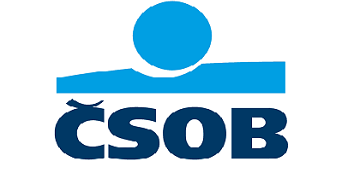At the turn of the 20th century, the vehicle was an incredible engineering achievement; at the dawn of the twenty-first century, it was a common possession. But how often do we think twice about our cars aside from buying petrol? How frequently do we consider the engineering that went into designing the car seat?

Every day, we fall into their trap, strap up, and head to work without considering those crucial seats. Apart from car seats, you can also buy colourful and sophisticated steering wheel covers Canada.
Types of Car Seats for Your Comfort
With this selection of the top car seat covers, you can shield your seats from messes, stains, and general wear and tear.
Stretchable Car Seats
These car seat coverings are made from premium polyester fabric and have eye-catching colours and patterns. The seat coverings come in various abstract patterns and hues, and the colour explosion is appealing. You can find the trendy purple car seat coversCanada from our shop. The fabric is supple, cozy, and long-lasting. It can shield your car seat from stains and beverage spills.
Comfortable Car Seats
The coverings are adaptable and may be put in various vehicles because they are compatible with airbags and seat belts. Anti-slip dots are installed throughout the cover to provide traction and lessen the chance of the covers coming off. The covers are simple to install; users no longer have to spend time and effort sliding them on and off owing to its zipper and Velcro connectors.
Scratch-Resistant Car Seats
These PVC-covered premium car seats give your car a touch of sophistication. The vehicle seat covers are long-lasting and robust since they are scratch and water-resistant. The covers are suitable for airbags and made to be breathable. Because it securely wraps the cover’s edges, you can easily lower the backrest in your automobile.
Stain-Resistant Car Seats
The quality fabric combined with the springy sponge guarantees a pleasant long drive. It is perfect for various climates and climatic circumstances due to the absorbent material. The pressure relief pillow supports the soft seat covers. The waterproof and stain-resistant nature of the covers suggests that durability was our main concern.
Compatible With Washing Machines
Its comfortable and well-ventilated fabric allows air to circulate through, preventing the accumulation of dirt and water retention. These covers have a non-slip design that ensures they are always in place. These car seat coverings can be used all year round and are immune to temperature changes. The fact that we can wash these coverings in a washing machine is one of its standout qualities.
Cars are no exception in a world that yearns for even more, better, and quicker in every conceivable aspect of existence. Therefore, new cars have greater horsepower, better acceleration, and substantial torque to support their increased financial and social standing. These comforts do not, however, take the edge off of being trapped in traffic. The car seat is not just a basic amenity in your car; it is a sophisticated system of elements put together to bring comfort, support, and protection to the world’s increasing number of drivers.

 The Importance of Information Technology Support in Carlsbad: Reliable IT Support Solutions for Local Businesses
The Importance of Information Technology Support in Carlsbad: Reliable IT Support Solutions for Local Businesses  How to Find the Right Engagement Ring Style for You at Lily Arkwright
How to Find the Right Engagement Ring Style for You at Lily Arkwright  Why Businesses Worldwide Prefer to Hire Web Developers from India
Why Businesses Worldwide Prefer to Hire Web Developers from India  Creating Unforgettable Catering Experiences: The Secret Sauce of Celebrations
Creating Unforgettable Catering Experiences: The Secret Sauce of Celebrations 

